Reasons for whole carcass condemnations of cattle in the United States and implications for producer education and veterinary intervention
In 2008, the United States had the largest recall of beef in its history. The event unfolded as a result of undercover video of nonambulatory (downer) cows being abused, which eventually led to a lack of confidence that downer cows were indeed being excluded from the human food supply. Although the actions exhibited by plant workers were unconscionable, the issues of downer cattle (at time of arrival at a packing plant or during holding prior to slaughter) and cattle condemned because they are not fit for human consumption remain constant concerns. What has not been discussed sufficiently are the numbers of these animals at harvest, the conditions for which they are removed, and preventive measures that might be implemented.
Processes for Safety and Quality
The safety of US beef is ensured through the combined efforts of governmental and industry regulation to maintain multiple safeguards throughout the beef production chain. Antemortem and postmortem inspections at USDA-inspected abattoirs serve to remove animals unfit for human consumption. The Federal Meat Inspection Act established sanitary standards for slaughter and processing establishments and mandated antemortem inspection of animals and postmortem inspection of every carcass. Currently, FSIS PHVs are charged with visual inspection of all livestock before slaughter. The PHVs are responsible for making dispositions of healthy and diseased animals, carcasses, and their products. The disposition of animals is directed by criteria in the Meat and Poultry Inspection Regulations.
Dispositions require a science-based method of evaluating the eligibility of livestock for human consumption. There are 4 basic components in this decision-making process:
- History, which includes history data (such as ownership, geography, and herd or lot of origin and special handling and additional information such as knowledge that livestock are from a producer with a history of residue violations, all of which will have a bearing on the PHV's decisions).
- Examination through routine antemortem and postmortem inspection procedures to identify abnormalities in a live animal or in a carcass.
- Diagnosis, which is a definitive summary of all the factors observed during antemortem or postmortem examinations, including correlation of antemortem findings with postmortem lesions, determination of whether pathological processes are acute or chronic, and determination of generalized or localized conditions.
- Disposition, which is the process of actually enforcing the Meat Inspection Act requirements.
There are 3 potential outcomes for animals after antemortem inspection. These include passed for slaughter, US suspect, or US condemned. Several disease processes exist that are of major public health concern and would warrant a suspect designation; these include CNS derangements, metabolic abnormalities, viral and prion diseases, toxicoses, and nonambulatory animals. If an animal has obvious clinical signs of disease during antemortem (live animal) inspection, it is condemned (identified as US condemned) and not allowed to enter the human food chain. During antemortem inspection, animals suspected of having a disease condition or other conditions that might result in condemnation are retained (identified as US suspect) and slaughtered as a group for postmortem inspection.
The most intense phase of the meat inspection process is postmortem inspection. Postmortem inspection covers the inspection of carcasses and parts of meat used for human consumption. Similar to antemortem inspection, this is performed by, or under the supervision of, a veterinary inspector. Organs, lymph nodes, and the entire carcass are examined for evidence of unwholesome conditions. All animals slaughtered in an inspected facility are examined during postmortem inspection. An animal, its carcass, or any of its parts that are condemned are subjected to high-temperature denaturation treatment (under the supervision of the FSIS inspector) and do not enter the human food chain. Similar potential outcomes for animals following antemortem inspection also pertain to postmortem inspection (ie, US inspected and passed for human food, US inspected and condemned for human food, and passed with restrictions).
Condemnations for any reason represent losses to packers, feeders, and the beef industry as a whole. Prevention practices implemented at farms and feedlots could potentially reduce a number of these losses. The use of antemortem and postmortem inspection data could be used in producer education programs to focus on prevalent and important reasons for cattle condemnation. The purpose of the information reported here is to summarize reasons for condemnation for various classes of slaughtered cattle in the United States. This information could then be used as motivation for producers to engage in quality assurance educational programs and could provide veterinarians with areas in which to focus on-farm interventions.
Authors: Travis L. White, Dale A. Moore
Source: https://avmajournals.avma.org/


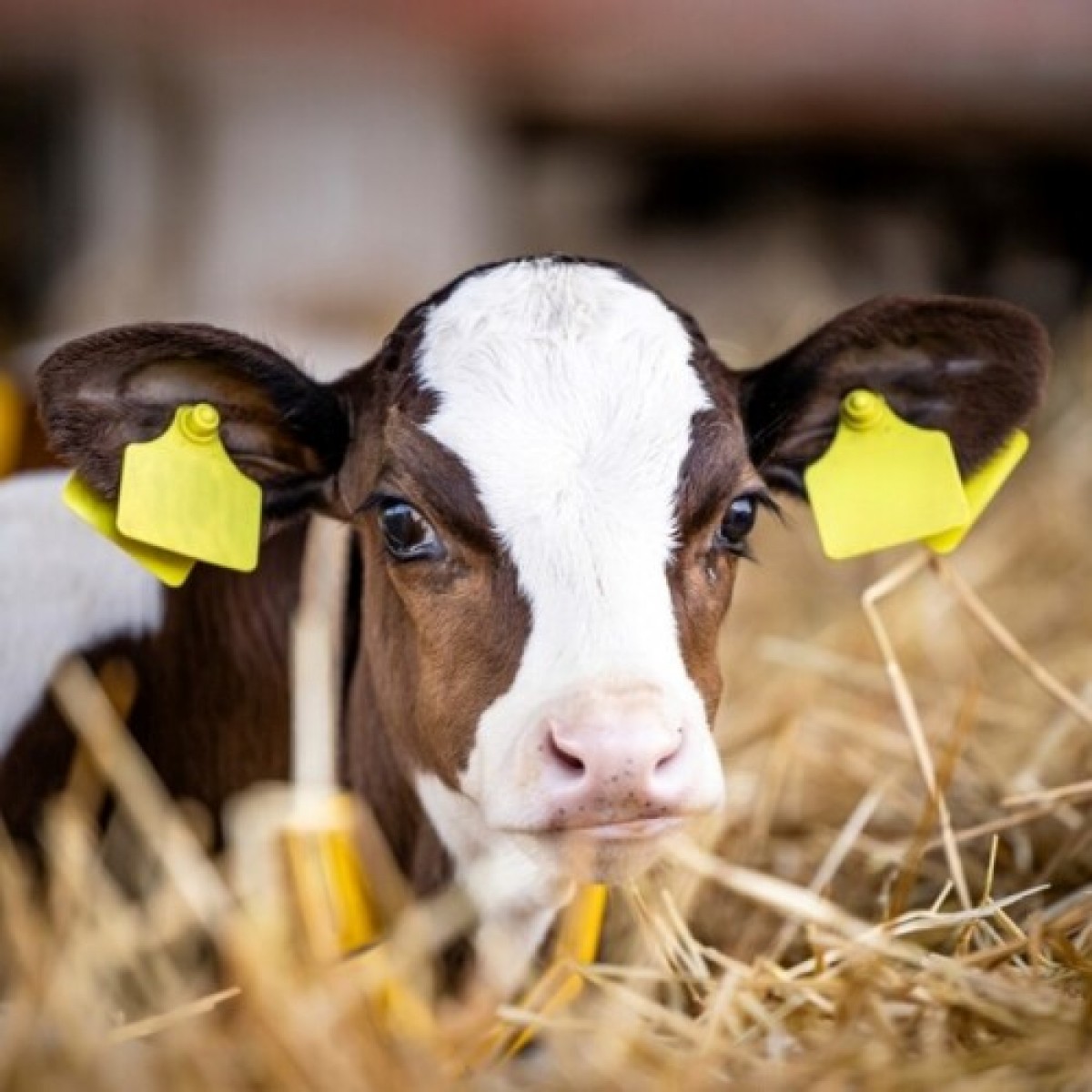



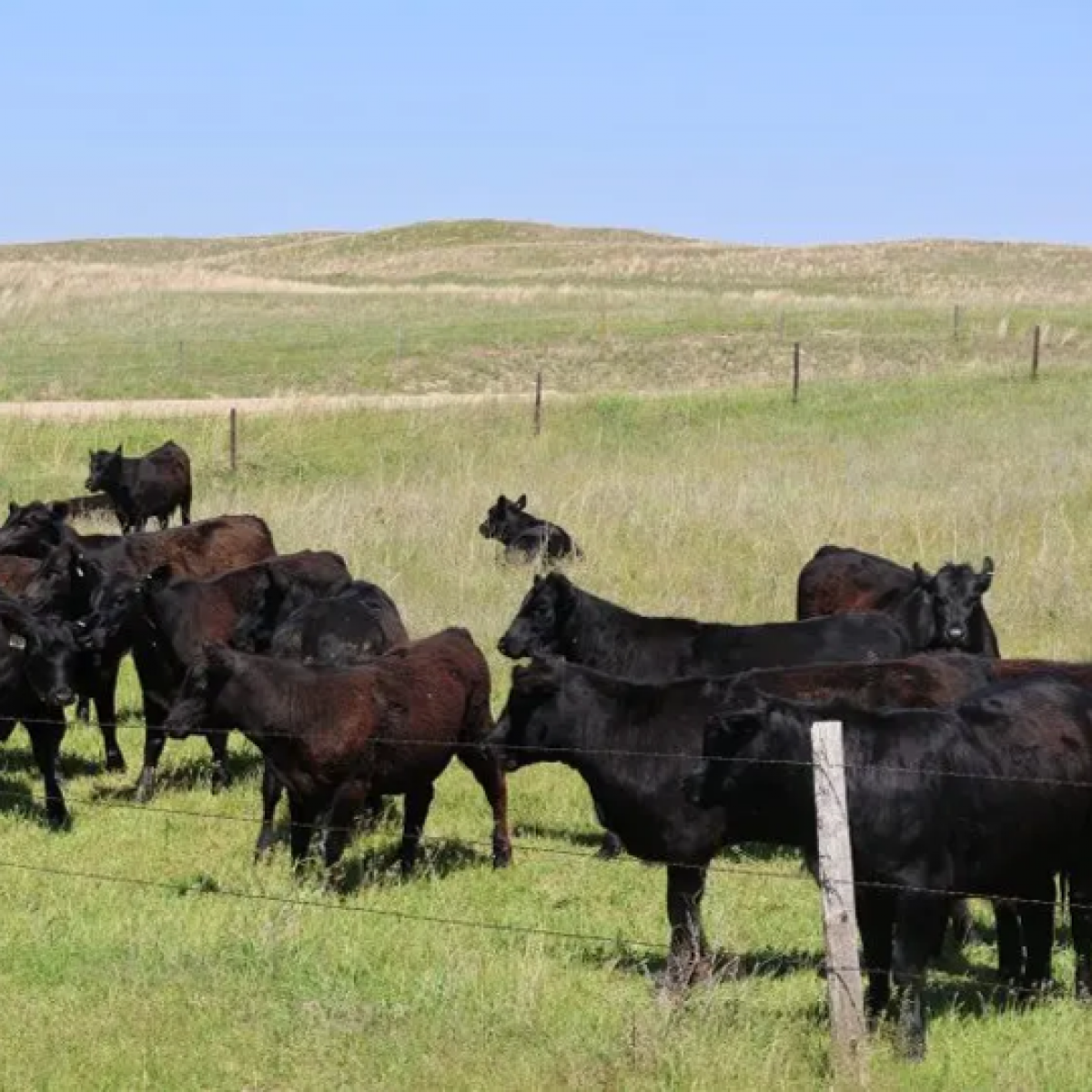
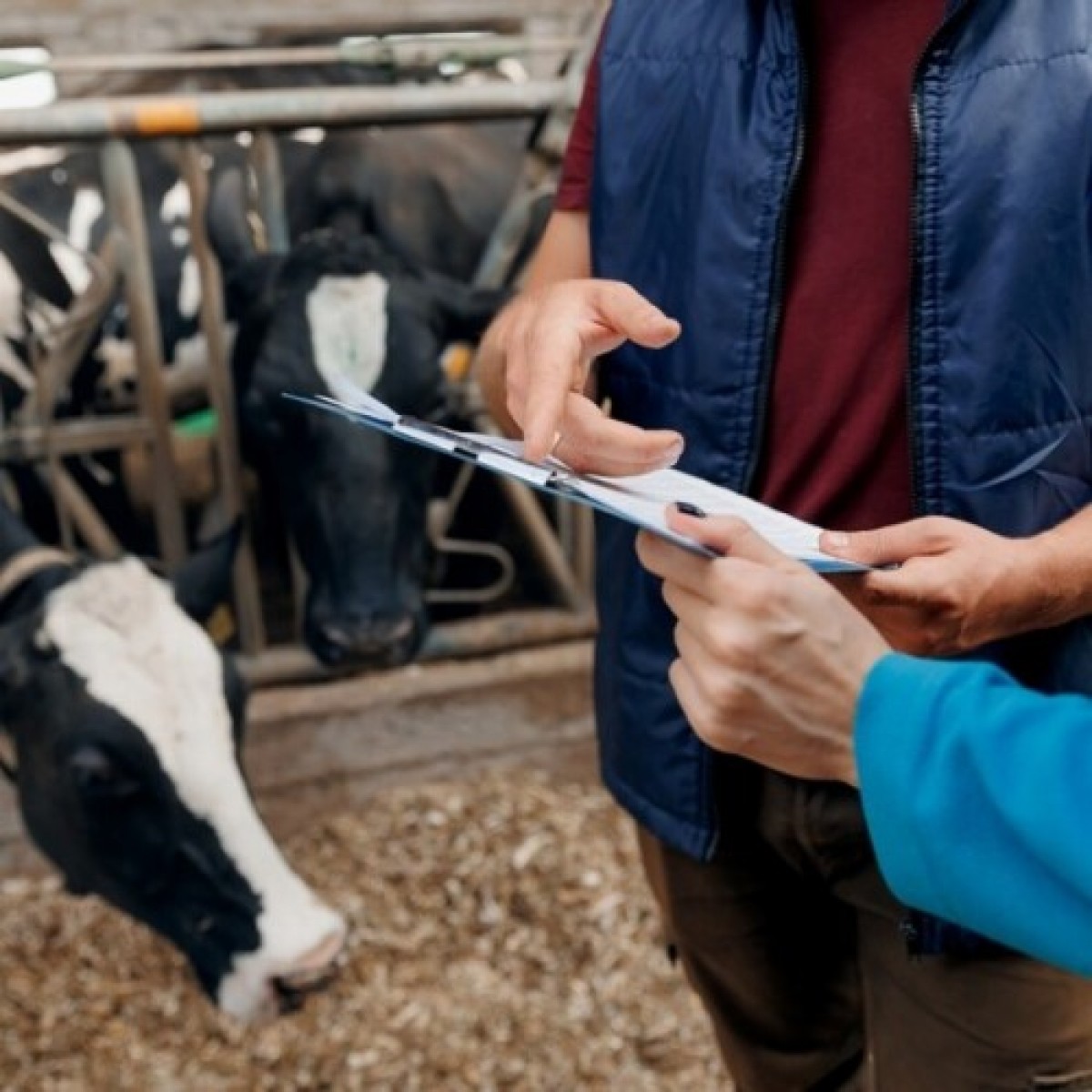

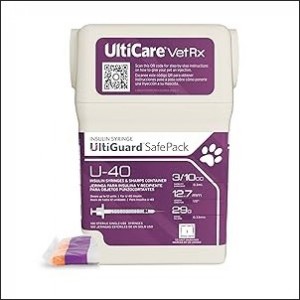
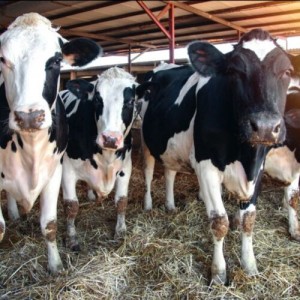
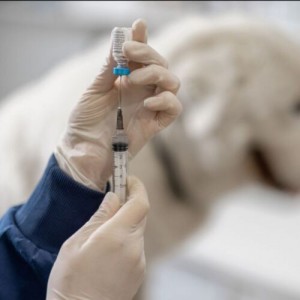


List
Add
Please enter a comment